Tancun Lishui Longquan | Shimoda Ancient Village, the culture of shiitake mushrooms is rich, the mushroom temple Yu is magical
Author:Ancient Village Time:2022.09.15
Lishui, Zhejiang, Longquan, Shimoda Ancient Village.
Located in Longnan Township, Longquan City, Huangmaojian Mountain is located at the junction of the three counties of Longqingjing. A high mountain village with an average altitude of 800 meters is ranked third in traditional Chinese villages.
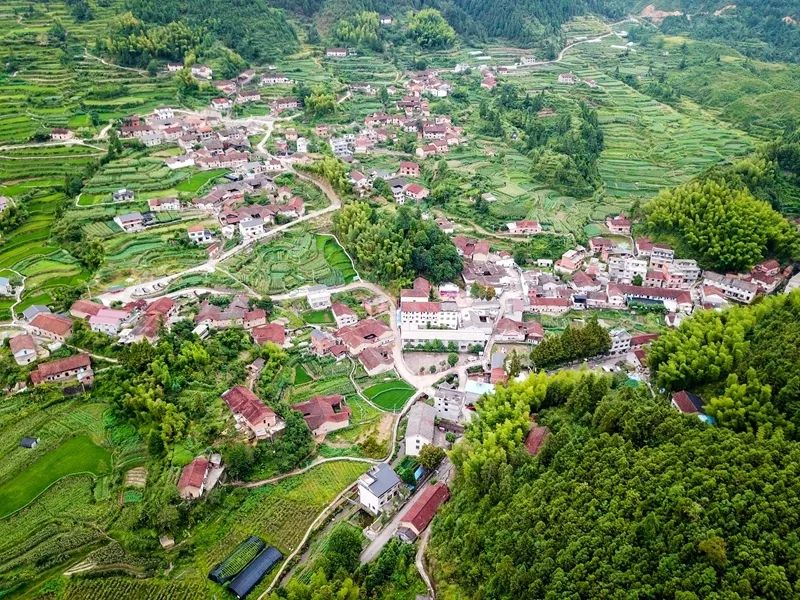
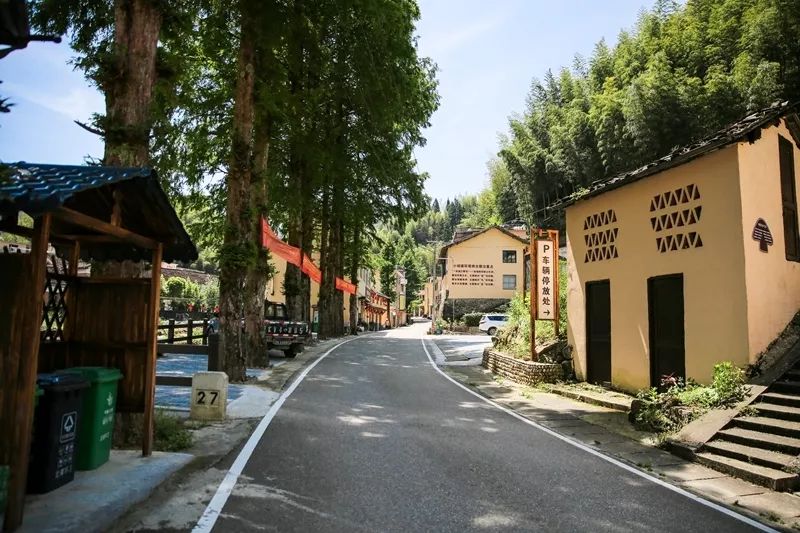
The villages are surrounded by green mountains, green water clear, and terraces, and the ancient charm is leisurely. The continuous terraces complement each other with the scattered dwellings, and An Renxi passed through the village. The most famous is that there is a "Megatron Nantian" mushroom temple with long -term stories and legends.
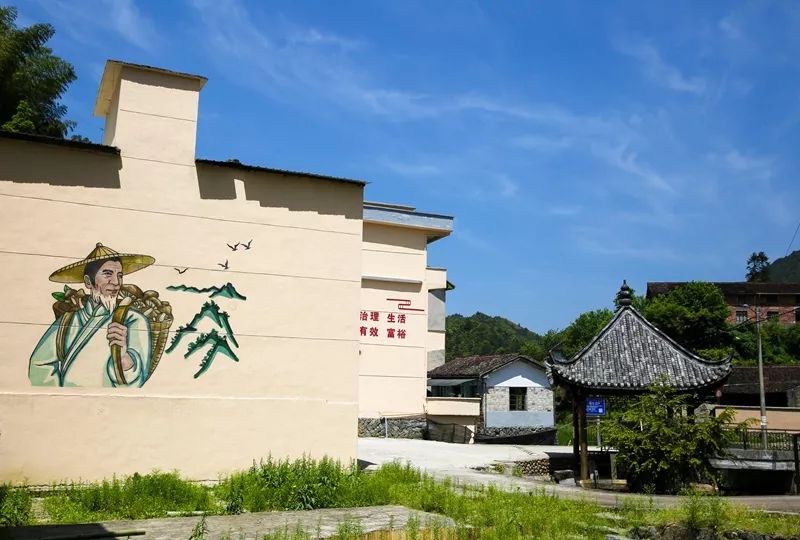
This traditional ancient village, located at the foot of Huangmaojian Mountain, is one of the key villages in the center of the birthplace of the world of shiitake mushrooms. Entering the village, a strong mushroom culture can be seen everywhere. In addition, the houses, gallery bridges, and temples have better retaining the traditional style and historical pattern of Hui School and Zhejiang -Min -Jiangxi's architectural skills.
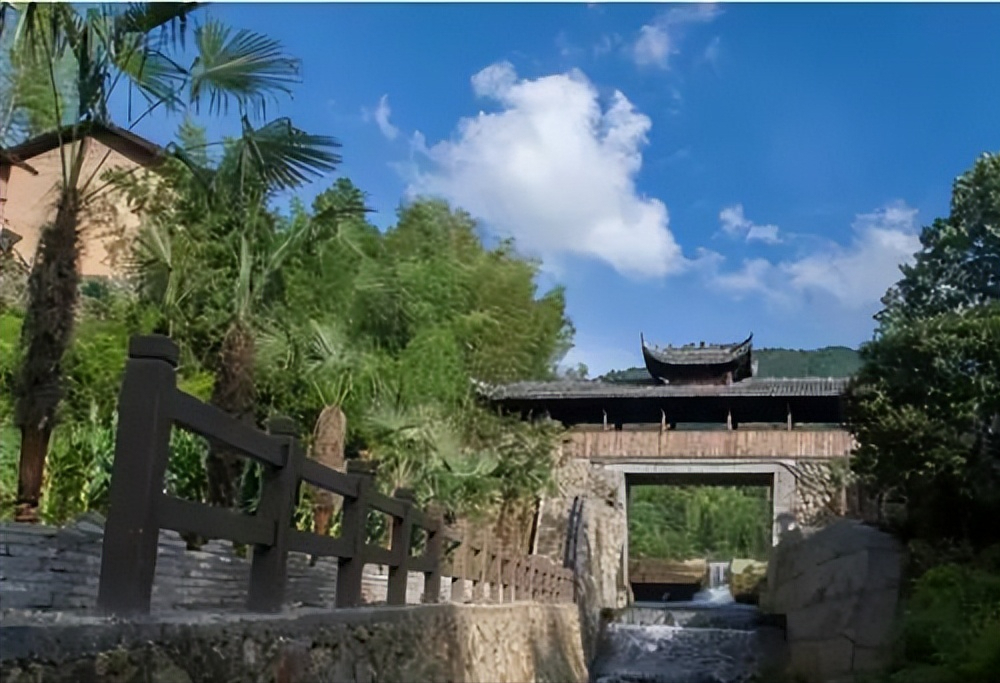
When you enter the village, you can feel the ancient rhyme. The village entrance, a gallery bridge, is called Guanyin Bridge, across the village entrance. A social hall opposite the stream, worshiping the Pingshui Wang Dayu. Most of the people in the village surname Zhou.

According to historical records, the cultivation of Chinese shiitake mushrooms is from Western Jin. The god of shiitake mushrooms Wu Sangong, formerly known as Wu Yu, was from Longyan Village, Longyan Village, Longnan, Longquan County. The father of shiitake mushrooms, He Yan, hosted the "Longquan County Chronicle" in the second year of Jiading in the Southern Song Dynasty, and used the record of artificial cultivation of mushrooms in 185 words to fully fully conquer the artificial cultivation of shiitake mushrooms. Liu Bowen invited Zhu Yuanzhang to the local area, making the seed mushrooms the patent of the mushroom people at the junction of Longqingjing. These historical figures are deeply memorized by the local area.
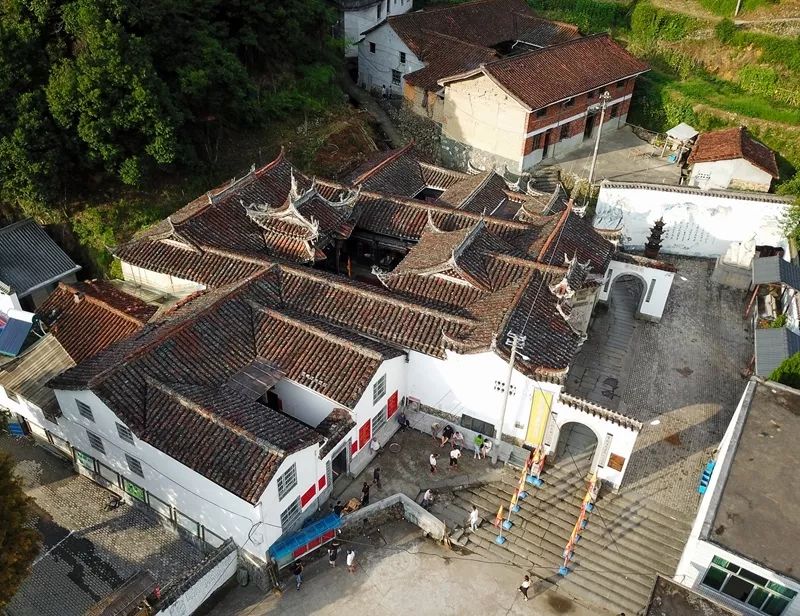
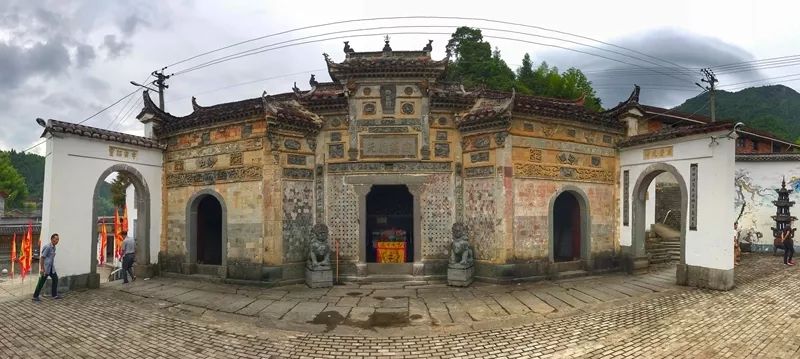
The mushroom gang association composed of mushrooms represents the representative of mushroom people, which jointly built the Wuxian Temple (also known as the mushroom temple). Important carrying part.

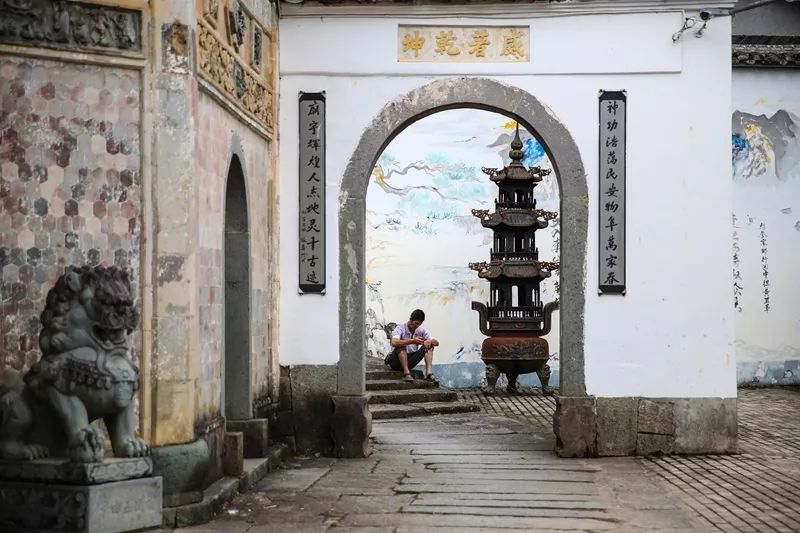
Xiantian Wuxian Temple (Mushroom Temple) was first built in the 15th year of the Ming Shenzong and expanded in the 11th year of the Kangxi of the Qing Dynasty. The standard Jiangnan temple building structure is wood and stone. The vertical axis is the gate, the piercing hall, the stage, the spring pavilion, and the main hall. The whole temple is exquisitely designed, unique, carved with beams, and eaves and corners, giving a delicate and exquisite feeling. There are many extraordinary cultural relics in the temple, the patron saint of the mushroom people, Wu Xianda, Wu Sangong, Liu Bowen, He Yan, and Land Lord.

From the Emperor Yongzheng of the Qing Dynasty, the local people held the mushroom temple fair from the 24th to 28th of the lunar calendar each year. Since 2008, the temple fair has been promoted to "Longqing Jing adjacent to the Rural Mushroom Culture Festival", which has given the new significance of the mushroom temple fair, becoming a new business card in Xiatian Village Cultural Tourism.
Fun Life X Ancient Village Editor's Edit on the Internet
- END -
Watch the magnificent mountains and rivers along the 5,800 kilometers!
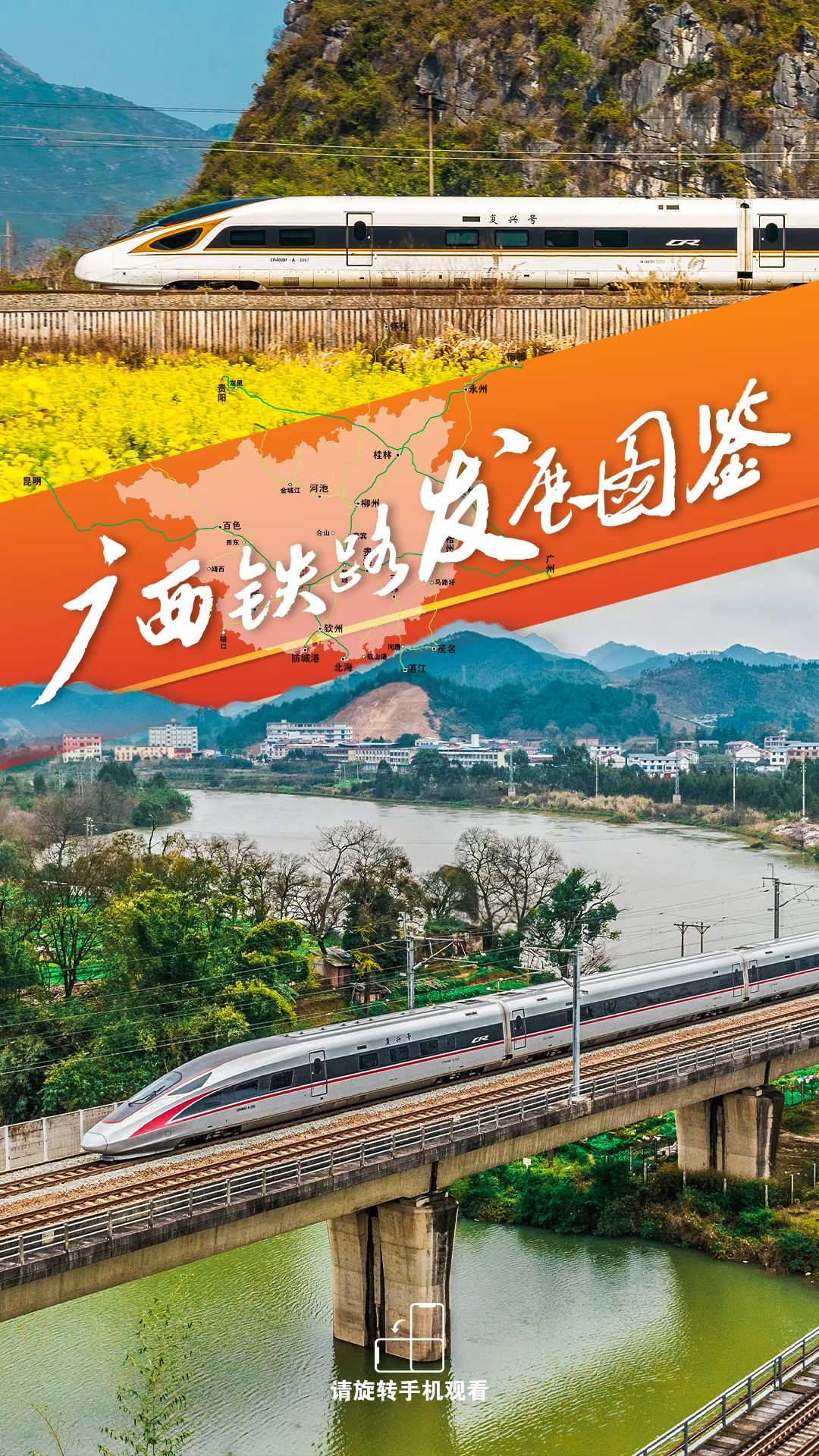
Since the 18th National Congress of the Communist Party of ChinaThe development of...
[The Veteran Hearts Dedicated the Party Twenty of the Congress] A red heart of the triple identity -the revolutionary life of the old soldier Zhao Deqin
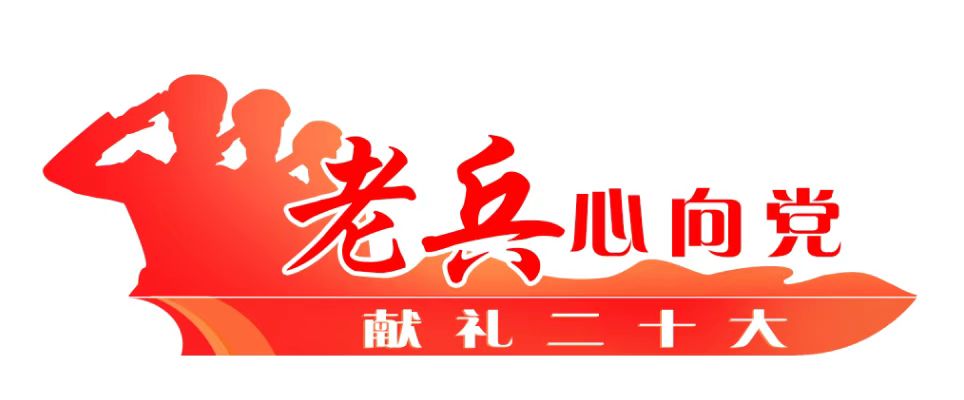
Changde Daily reporter Li Zhangnian Correspondent Yuan Fangwen/PictureOn the eve o...